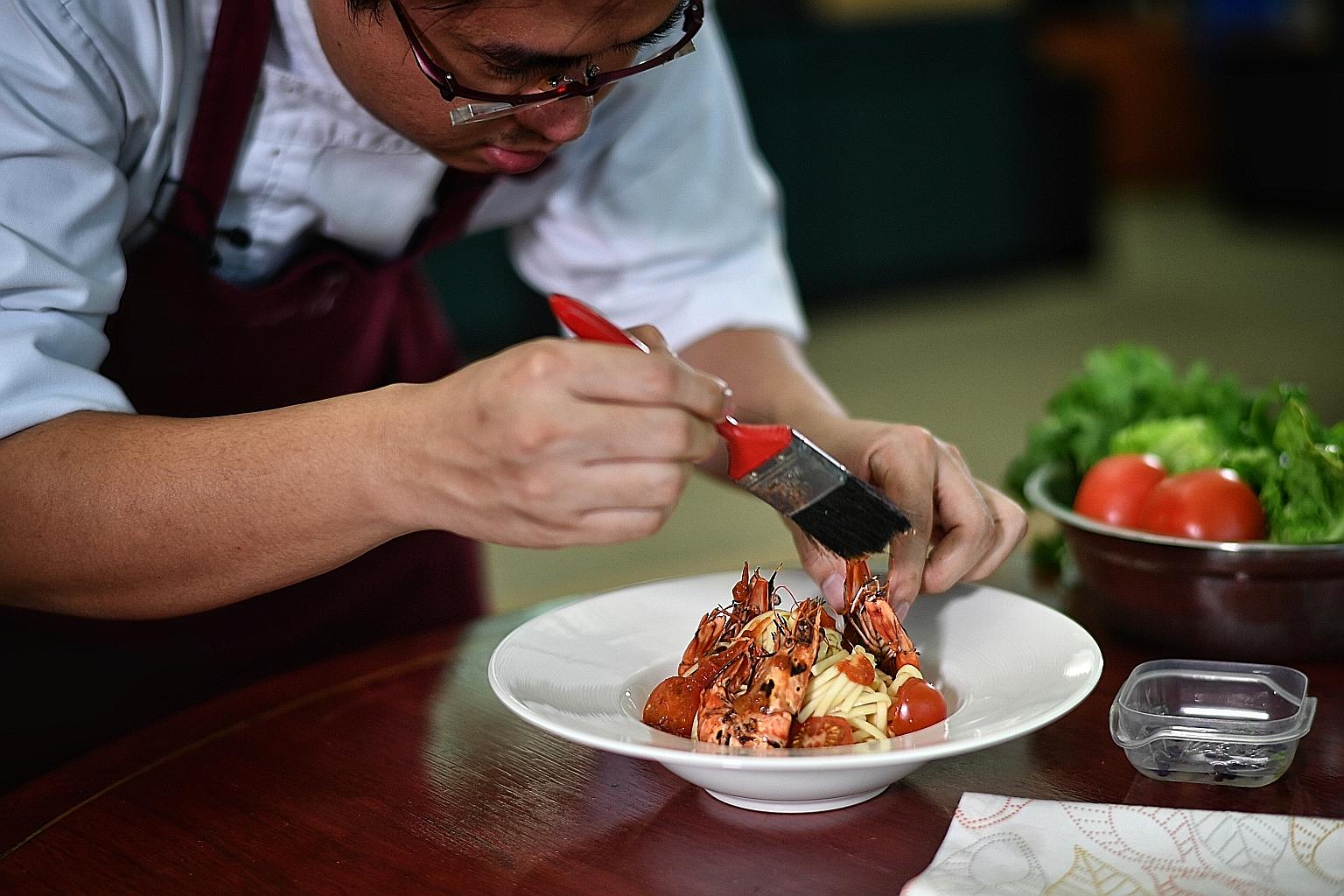Jobs
How To Become a Food Stylist: A Career of Making Food Look Good

While a lot of love and creative soul goes into cooking, the visual presentation of a dish may not always live up to its flavor. It is the food stylist’s role to tend to the aesthetics of food that make it marketable. Food stylists play an important role in advertising food and beverages. They must be creative, innovative and able to collaborate with large teams. In this article, we explain the role of a food stylist, how to become one and provide some insight into salary and job growth.
What does a food stylist do?
A food stylist collaborates with photographers, art directors, producers, editors, marketing teams and others to transform ingredients into a delectable work of art. While food styling is an art form that can be done solo, it is usually highly social in the professional world and may require extended hours or working nights and weekends.
Food stylists often work on sets, in a studio or on-location styling food scenes for photo or video shoots. Food stylists can be involved with nearly every step of a shoot: selecting and preparing foods, developing recipes and plating meals with any related props to help tell a visual story, such as a picnic blanket or wildflowers to express springtime. They might manipulate food to achieve or maintain a desired look using tools like glue, skewers, blow-dryers or even blow torches.
How to become a food stylist
While there is no set path to become a food stylist, you should consider the following tips when pursuing this exciting and creative career path:
1. You need to have an appreciation for good food
First and foremost, food stylists need a deep understanding of good food and raw ingredients, and the role aesthetics plays in a recipe. Beyond adding visual accents to a meal through props and colorful garnishes, food stylists also tell stories through food. A food stylist can select or adjust a certain recipe to create a particular mood while understanding what accents should surround it, both in terms of flavor complements and appearances. Developing a good eye for how things look or are presented from a design perspective will serve you as well.
2. Consider going to culinary school
Studying the culinary arts will teach you just that: the art of food. Culinary school may or may not be expected by potential employers, though many will prefer it. And the knowledge you’ll get there is invaluable. You can find programs at culinary schools, vocational or trade schools, community colleges and some universities. These programs may take up to two years and often cover courses such as plate presentation and food science.
3. Attend a food styling workshop
If you don’t want to commit to a multiyear culinary school program, you can attend shorter food styling workshops. These can range from two days to two weeks and may be available online or in-person through culinary schools, chef colleges, restaurants and community centers. You can also schedule lessons with a private instructor.
4. Work in similar food jobs or assist a food stylist
Before you can work on your own, you’ll need food styling experience, probably assisting others.
Look for internships through private companies, job search sites and professional organizations like the International Association of Culinary Professionals. As you work as an intern or assistant, ask questions and attend photoshoots whenever possible. Network with other professionals and stay connected to those you meet on social media.
Working at a restaurant can also teach you the hustle involved with collaborating on plating a meal and expose you to things that will serve you later as a food stylist. Beyond restaurant or catering work, you might consider assisting a food photographer or working for a marketing agency that focuses on the food and restaurant industry.
5. Gather tools of the trade
As a food stylist, part of the creativity involved with the job comes with being able to manipulate a food’s appearance, which sometimes comes easier if you keep a toolkit of items that help convey a meal’s deliciousness through a lengthy photoshoot. For instance, glycerin is often used to preserve foods, and food stylists frequently use everyday items like cotton swabs, toothpicks, tongs, tweezers and latex gloves to handle food to make it picture perfect.
6. Start building an impressive portfolio
Even if you’ve only worked as an assistant or intern, you should ask every photographer you work with for permission to use images of your food styling work for your portfolio. If you need a wider breadth of experience to boost your portfolio, you can reach out to up-and-coming food photographers to collaborate on building your portfolios together.
7. Learn skills beyond the dinner table
Food stylists typically work with an entire crew of other creative professionals, like photographers, art directors and producers, to come up with ideas, outline specific shots and translate client needs into art. While creativity and a good palate will get you far in the world of food styling, there are many other skills that can prove useful. Consider developing skills that can help you better collaborate with a team, stand out from other candidates and enhance your work as a food stylist, such as photography, design, marketing and business skills. Food stylists should also have a basic understanding of the elements of food, how they work together, how food changes in different environments and ways to keep food looking good over the course of a photo or film shoot.

Food Stylist
